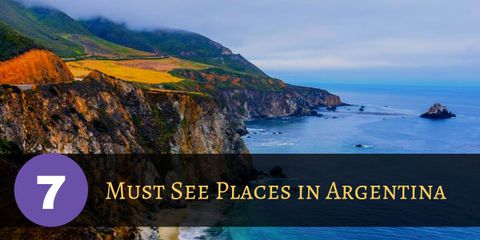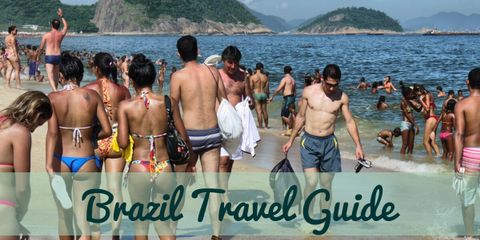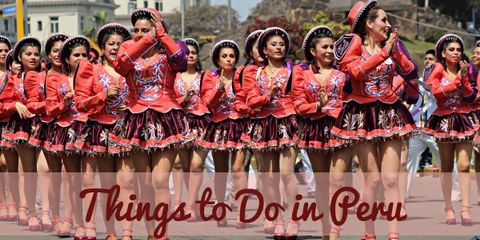
7 Reasons to Visit the Unique and Beautiful Bolivia
Bolivia is not for the faint-hearted. It is a land of weather extremes, rugged terrain, long distances over rough roads. Some of the towns and cities are fairly chaotic and disorganized. But if you are adventurous, this is the country for you to visit. And you’ll be rewarded with spectacular vistas and wonderful memories.
Here are some Reasons to Visit Bolivia
#1 Bolivia Is Unique And Incredibly Diverse
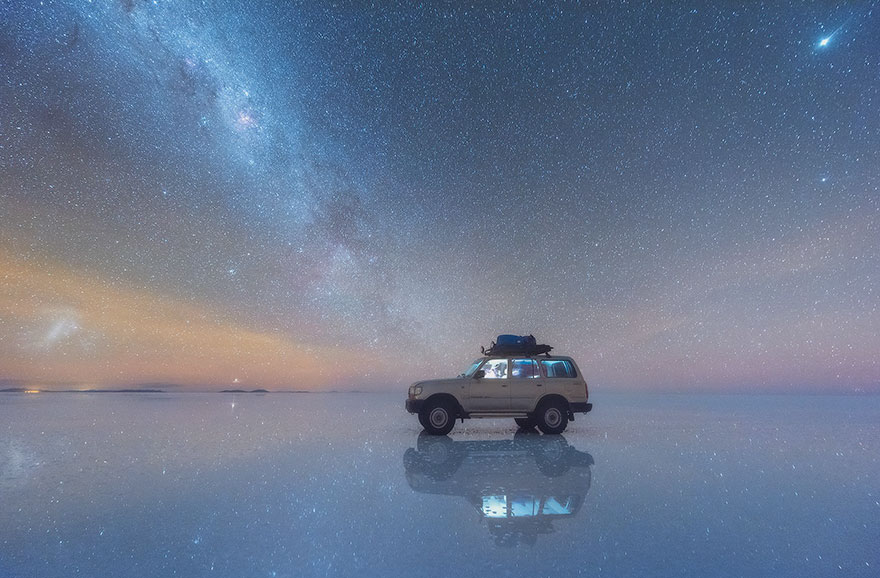 This picture may not have perfect clarity, but I like it because it gives a bit of a feel for what Bolivia is like.
This picture may not have perfect clarity, but I like it because it gives a bit of a feel for what Bolivia is like.
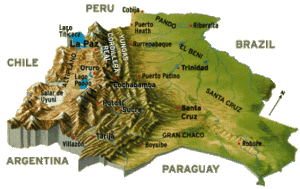 It is land-locked, surrounded by 5 other South American countries. There are the rugged Andes Mountains in the west, with its highland plateau (Altiplano), and multiple deep valleys. In the east are the Llanos (grassy plains) of the lowlands, with the Amazon basin in the north and the Parana basin in the south.
It is land-locked, surrounded by 5 other South American countries. There are the rugged Andes Mountains in the west, with its highland plateau (Altiplano), and multiple deep valleys. In the east are the Llanos (grassy plains) of the lowlands, with the Amazon basin in the north and the Parana basin in the south.
The weather depends on altitude, not latitude. It varies from tropical in the eastern Llanos to desert-polar in the Andes in the west. Here you can expect freezing temperatures at night, all through the year. Yet, it is temperate in the valleys between the mountains – this is where you will visit cities like La Paz, Potosi, Sucre, and Cochabamba.
Be prepared to see tropical rainforests, glaciers, deserts, broadleaf forests, salt pans, lakes of many colors (depending on the minerals dissolved in them). For example, a special place to visit is Laguna Verde, the green lake at the foot of two snow-covered extinct volcanoes. And, of course, there are mountains, mountains, mountains.
Although you can visit year-round, the best time to travel to Bolivia is probably in the dry season, May to October. This is winter time, but the road conditions will be better, and the sun generally shines during the day.
#2 Salar De Uyuni (Salt Flats)
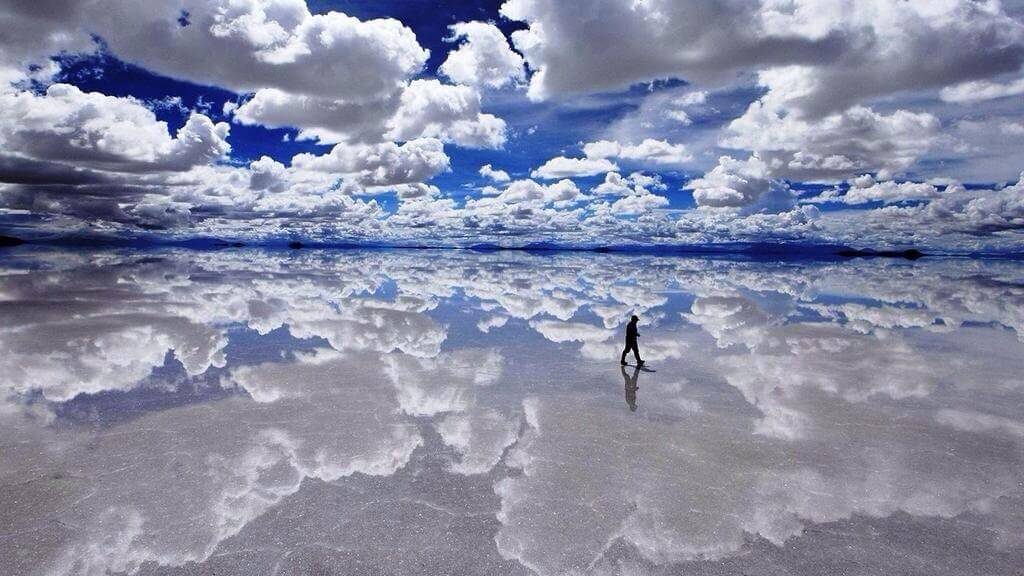 Can you imagine 10,500 square kilometers or over 4,000 square miles, that is absolutely flat – with no more than a meter difference in height anywhere, except for a few islands? That’s the size of Jamaica! And that’s the size of the Salar de Uyuni salt flats, left over from a prehistoric lake that went dry. It lies at a height of 3,656 meters (that’s nearly 12,000 ft.) in the southwest Andes mountains. (Another version of the story is that the surrounding mountains were once giant people and the lake was formed from the tears of one who was betrayed by another!)
Can you imagine 10,500 square kilometers or over 4,000 square miles, that is absolutely flat – with no more than a meter difference in height anywhere, except for a few islands? That’s the size of Jamaica! And that’s the size of the Salar de Uyuni salt flats, left over from a prehistoric lake that went dry. It lies at a height of 3,656 meters (that’s nearly 12,000 ft.) in the southwest Andes mountains. (Another version of the story is that the surrounding mountains were once giant people and the lake was formed from the tears of one who was betrayed by another!)
This is the largest salt flat in the world, containing an estimated 10 billion tons of salt. Underneath the salt cap lies the world’s biggest reserve of lithium, which is being extracted together with the salt.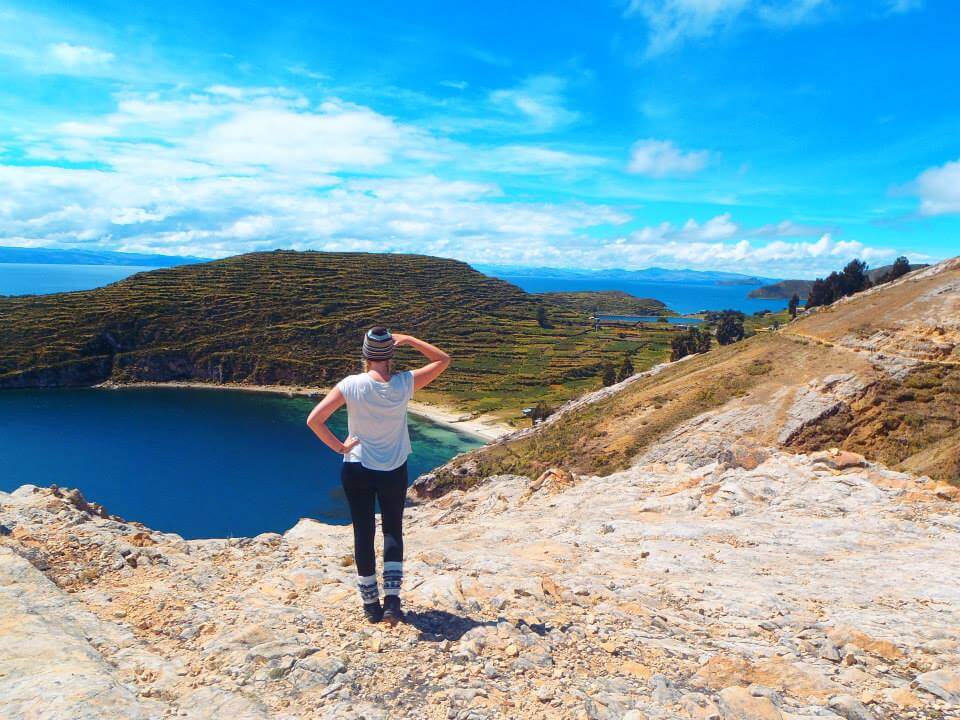
Looking at this vast area is surreal – and it’s even better when it rains, and the thin layer of water on top of the salt becomes a giant mirror. It’s impossible to tell where the land ends and the sky begins. Have a look at some of these photos from aHuffPost photography competition to get a perspective of the size and beauty.
Perhaps you’ll catch the sight of thousands of pink flamingos reflecting against the salt surface. Sunset and sunrise are spectacular and worth the overnight stay in somewhat basic accommodation in the region. (Take warm clothes and a warm sleeping bag. If you’re really adventurous you can stay in one of the salt hotels built by the locals.) There are buses to the nearby town of Uyuni from La Paz (12 – 15 hours) or Potosi (6 – 7 hours). You can also fly from La Paz into the small airport in Uyuni.
As for so many places in Bolivia, visiting Salar de Uyuni is a unique and unforgettable experience.
#3 Cochabamba
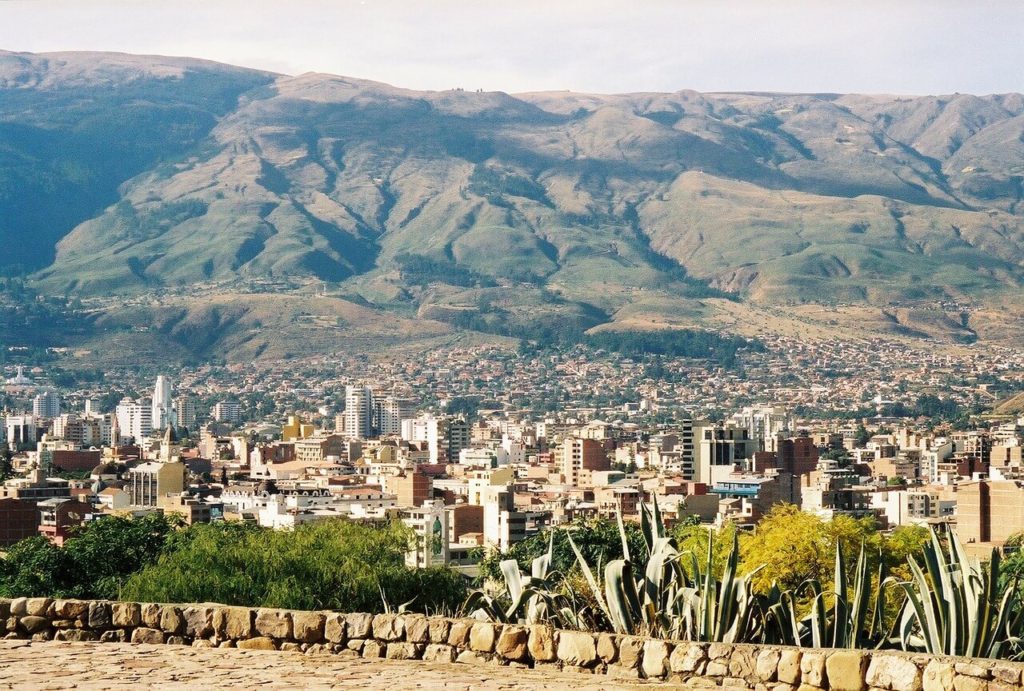 Cochabamba is a city in the center of Bolivia, located in the Cochabamba valley in the Andes Mountains. It is 240km southeast of La Paz. It’s sometimes called the “City of Eternal Spring” because it is at an altitude of under 3,000m and so has a fairly mild climate.
Cochabamba is a city in the center of Bolivia, located in the Cochabamba valley in the Andes Mountains. It is 240km southeast of La Paz. It’s sometimes called the “City of Eternal Spring” because it is at an altitude of under 3,000m and so has a fairly mild climate.
The first must-do in “Chocha” is to visit the El Cristo de La Concordia, the statue of Christ on top of the San Pedro Mountain. You can climb the 2,000 stairs (don’t carry valuables as there are pickpockets around), take a taxi, or, (this is my pick), take the teleférico (cable car). On certain days, you can climb up inside the statue, up to the arms. From the top, there is a 360 view of the city and the surrounding mountains.
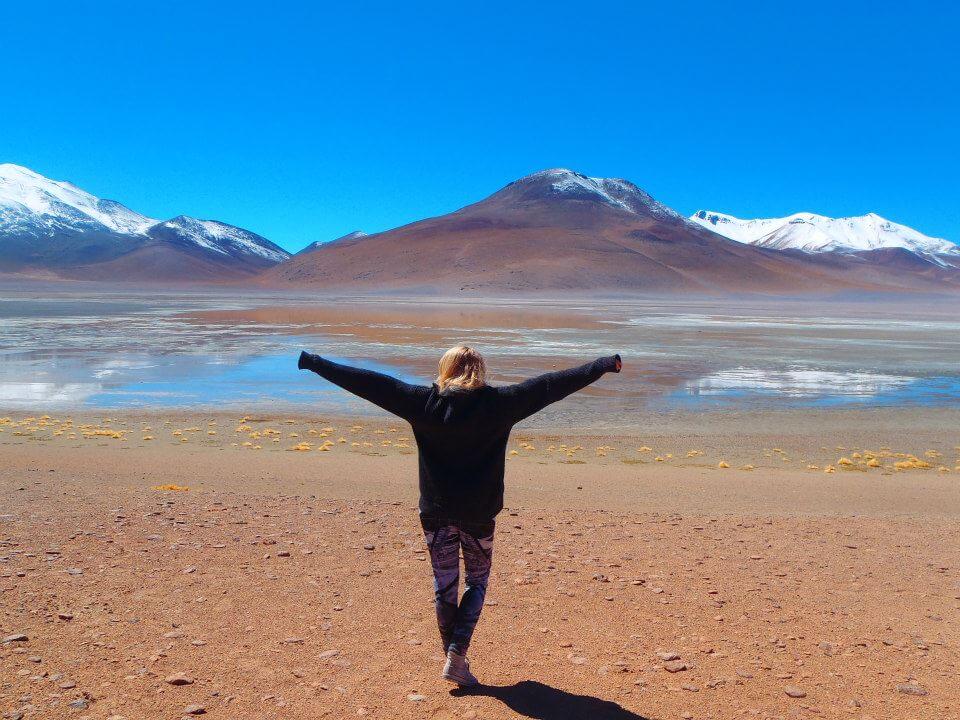 Visit La Cancha, a huge open-air market to get a feel of the locals and do some souvenir shopping. If you want a cultural experience there are several museums to visit. Don’t miss the Palacio Portales, the gold-colored mansion, commissioned by Simon Patiño, a famous figure in Bolivia’s history, and at one time one of the richest men in the world.
Visit La Cancha, a huge open-air market to get a feel of the locals and do some souvenir shopping. If you want a cultural experience there are several museums to visit. Don’t miss the Palacio Portales, the gold-colored mansion, commissioned by Simon Patiño, a famous figure in Bolivia’s history, and at one time one of the richest men in the world.
Take a sightseeing trip in one of the city’s famous colorful buses, or take a Trufi – a mini-van. Start on the Plaza 14 de Septiembre, and see the famous San Sebastián cathedral. Visit some of the wonderful parks in the city. Take trips to some of the surrounding areas – perhaps take a hike up Pico Tunari (be prepared for any weather – you can start in a t-shirt and end in a snowstorm), and definitely, book a few days in Torotoro National Park.
#4 Torotoro National Park
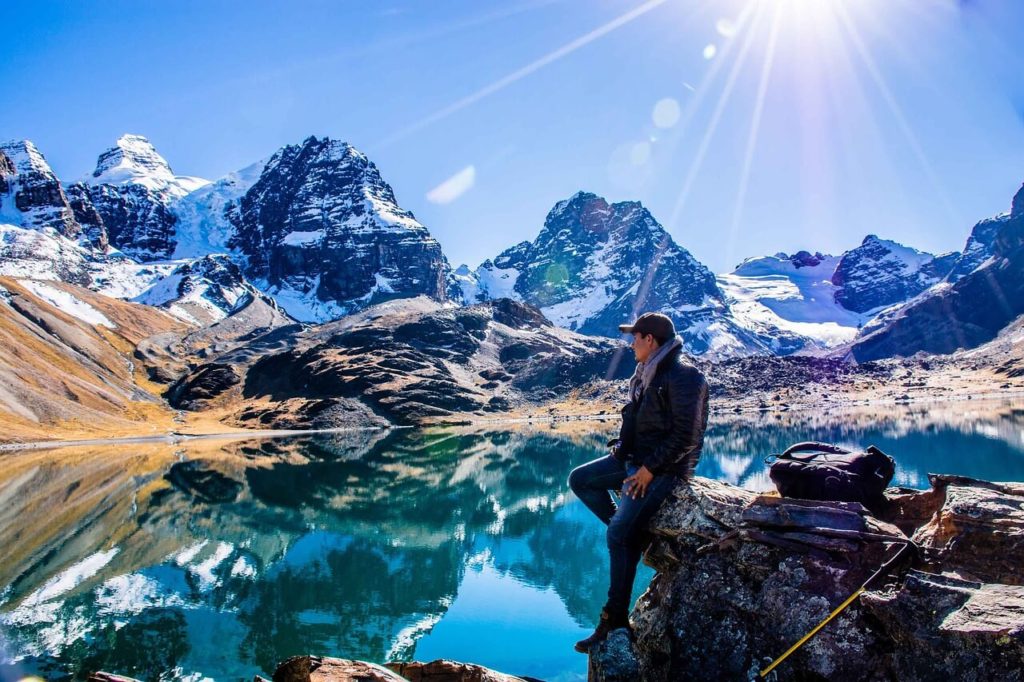 If you could only visit one place in Bolivia, this would be the one to choose. It’s hard to describe just how stunning it is. There are mountains, waterfalls, caves, dinosaur prints. You can hike, climb or swim in the pools at the waterfalls, at the bottom of the canyon and inside the caves.
If you could only visit one place in Bolivia, this would be the one to choose. It’s hard to describe just how stunning it is. There are mountains, waterfalls, caves, dinosaur prints. You can hike, climb or swim in the pools at the waterfalls, at the bottom of the canyon and inside the caves.
You might need some patience to get there. You can take a Trufi from Cochabamba (it only leaves when it is full), and the trip is between 4 and 6 hours depending on how careful the driver is! Take a cushion to sit on – the road is rough – and take enough water and food for the trip. You can get quite cheap (fairly basic) accommodation in the little town of Torotoro and arrange for a guide while you are there. (There are no cash machines in the town and credit cards are not accepted, so have enough cash.)
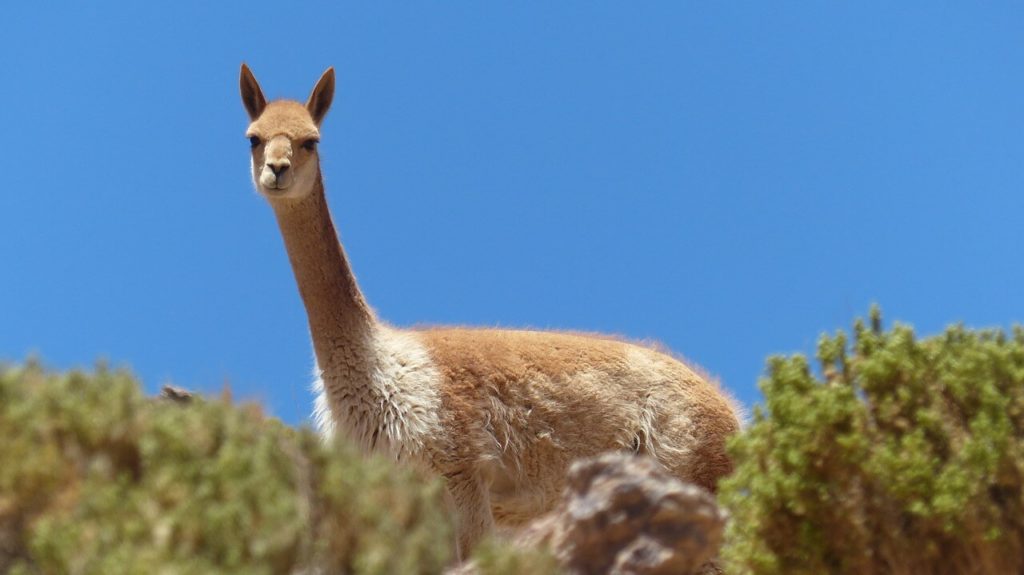 You must be quite fit. You will need to walk and hike and climb.
You must be quite fit. You will need to walk and hike and climb.
In the town, try to visit the Pachamama Wasi museum. This is the house of a local man who has spent 50 years putting together an amazing collection of rocks and fossils.
Take a walk to the Vergel waterfall and down into the canyon. There is a stunning natural viewing platform, a natural bridge and a natural theatre – and a well-earned swim in the pools at the bottom.
For me, the most spectacular part is the caves. Ciudad de Ita means “City of Rocks” and is a series of caves resembling an ancient city. The Cueva Humajalanta is one of the longest and deepest caves, at 6km long and 164m deep. The Chiflón has astounding stalactites and stalagmites and wonderful shapes – but this is for the very adventurous only, with the entrance being from the water. Wear old clothes and be prepared to squeeze through narrow spaces and even do a rope climb. Most people say it was worth facing their fears to experience this unique place!
#5 Santa Cruz
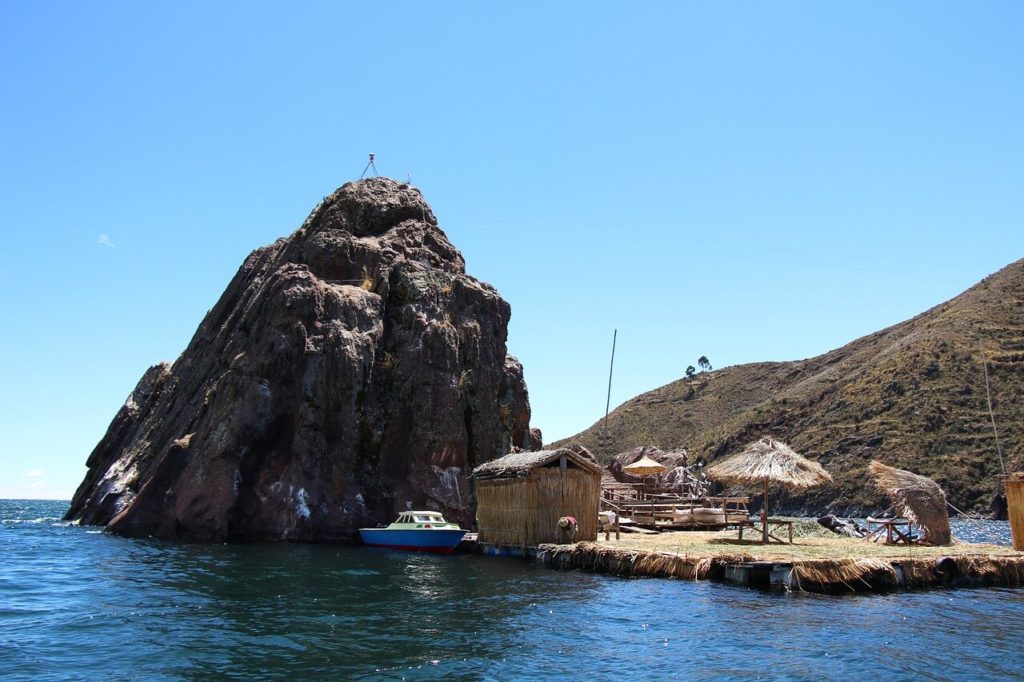 Santa Cruz was founded by the Spanish in the 1500s, but today it is the most important business center in Bolivia, situated in the east of the country. It is generally warm, with an altitude of only 416 m above sea level - excepting when the cold winds from the Argentina pampas blow in.
Santa Cruz was founded by the Spanish in the 1500s, but today it is the most important business center in Bolivia, situated in the east of the country. It is generally warm, with an altitude of only 416 m above sea level - excepting when the cold winds from the Argentina pampas blow in.
This is a typical city with a range of museums, galleries, and cultural centers. It is, in fact, quite different from the rest of Bolivia – it is more like a European city. However, there are some special places to visit and things to do:
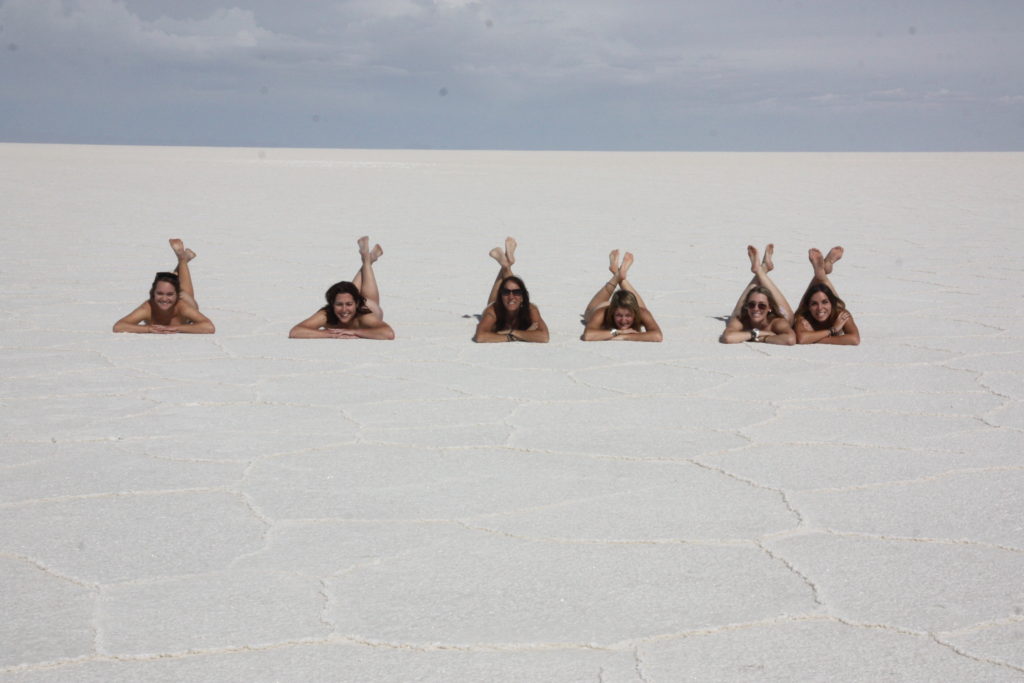 The key heritage building is the rose-brick Cathedral Basilica of St. Lawrence on Plaza 24 de Septiembre, the central square. You can climb up some very narrow and winding stairs to the top to get a view of the city and to see the inside of the clock tower. Also, visit the art gallery in the square. If you’re there in September, there is a 4-week celebration in honor of Santa Cruz, with outdoor concerts in the square.
The key heritage building is the rose-brick Cathedral Basilica of St. Lawrence on Plaza 24 de Septiembre, the central square. You can climb up some very narrow and winding stairs to the top to get a view of the city and to see the inside of the clock tower. Also, visit the art gallery in the square. If you’re there in September, there is a 4-week celebration in honor of Santa Cruz, with outdoor concerts in the square.
Take a walking tour – and find a street vendor selling Salteñas, savory pastries filled with beef, chicken or pork, with a sweet, spicy sauce. If you’re there between December and March, definitely pop into a supermarket to pick up some Achachairu – this is a fruit grown only in this area of Bolivia and in a small area in Brazil – although just recently there are attempts to grow it in Australia.
You might even find the cross that marks Santa Cruz as the central spot in South America.
I think the most special part of this city is the botanical gardens, the Botánico Municipal de Santa Cruz de la Sierra. This is actually part of the rainforest in the city. If you’re a bird-watcher you’ll be in your element, and you should be on the look-out for sloths – Santa Cruz is known as the Sloth City of Bolivia. (Remember to take some insect repellent and some food and water in your backpack.)
And of course, Santa Cruz is the jump-off point to some of the most beautiful parks and bio-diverse forests in Bolivia: Parque Nacional Noel Kempff Mercado, Parque Nacional Amboro and Parque Nacional Kaa-Iya.
#6 Lake Titicaca
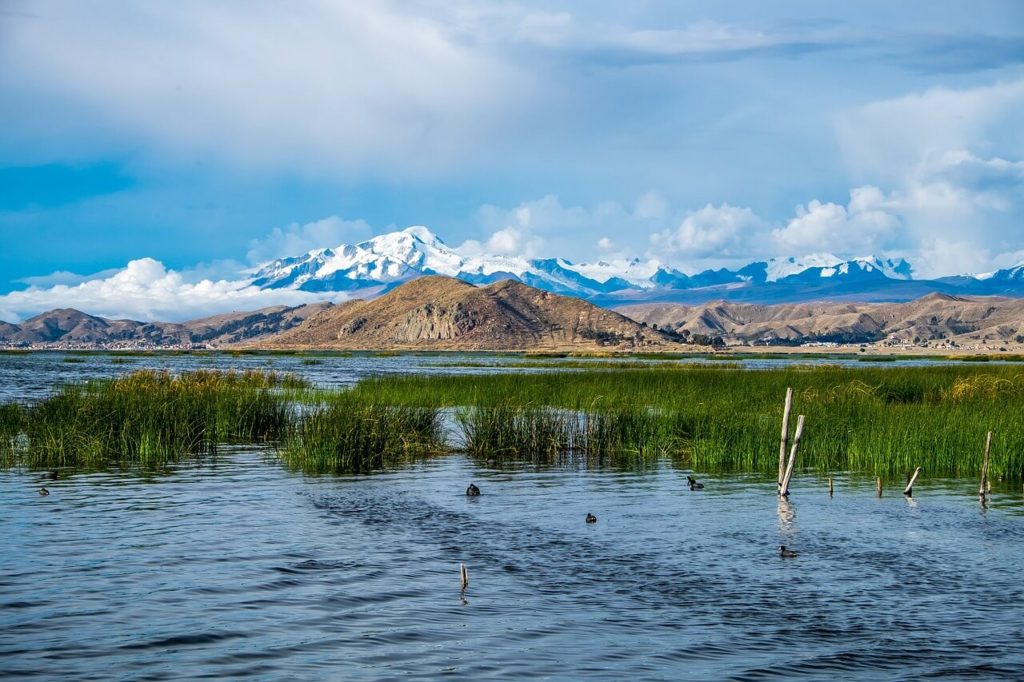 This lake is on the border between Bolivia and Peru, and you can visit it from both sides. It is one of the largest lakes in South America and the highest large navigable lake in the world, at nearly 4000m above sea level.
This lake is on the border between Bolivia and Peru, and you can visit it from both sides. It is one of the largest lakes in South America and the highest large navigable lake in the world, at nearly 4000m above sea level.
You’ll have open water, ancient archaeological sites, and beautiful landscapes. If you’re into history, you can follow the mysteries of the ancient Tiwanaku empire.
If you’re in the noisy city of La Paz, you’ll enjoy a trip to the peaceful town of Copacabana on the banks of the lake. You can climb up the hill to the Horca del Inca ruins and a stunning view of the lake. You might also see a mix of Catholic and indigenous religious monuments on the way. In the town, the cathedral is a white Moorish-style building, with the shrine to the Virgin of Copacabana – a Black Madonna. Nearby is an archaeological site and the temple of Chinkana.
Visit the Isla del Sol. According to Inca legend, this is where the sun was born, and there are more than 80 Inca ruins on the island. There is a ferry from Copacabana – or you can get a local to row you across. Close by is the smaller Isla de la Luna, where an Inca god is said to have commanded the rising of the moon.
#7 Carnival Time In Bolivia
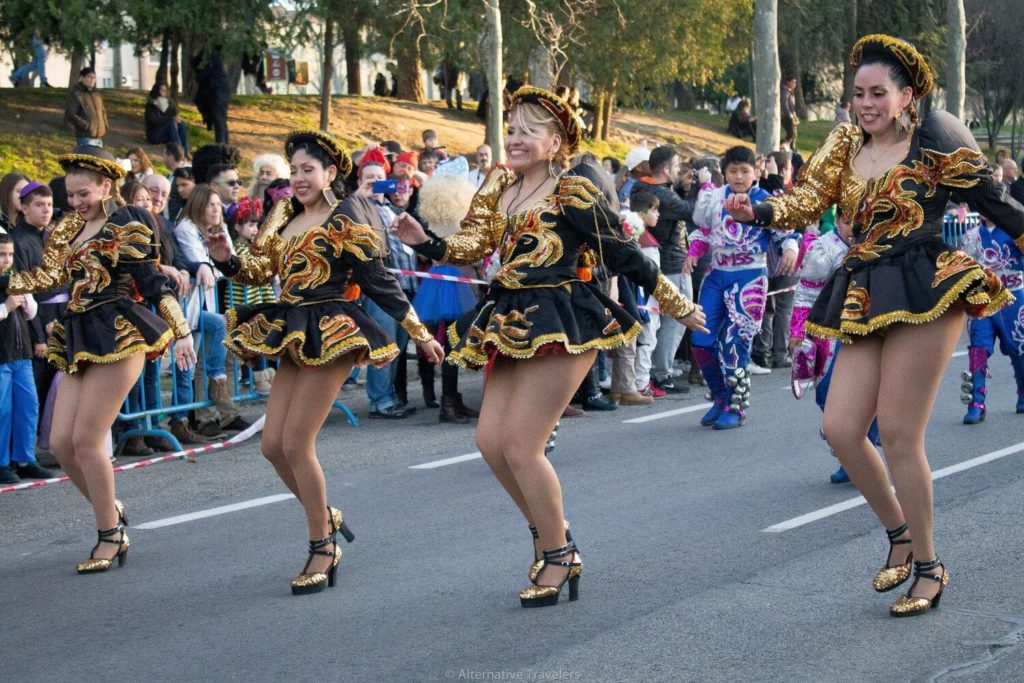 We know about the carnival in Rio – but Bolivia has carnivals too, to celebrate 40 days before Lent. From late January and through February, it is carnival time in Bolivia – but with a difference. These carnivals start with water fights. If you’re a tourist, be prepared to be water-bombed from balconies, and drenched with water balloons, spray cans, and water guns!
We know about the carnival in Rio – but Bolivia has carnivals too, to celebrate 40 days before Lent. From late January and through February, it is carnival time in Bolivia – but with a difference. These carnivals start with water fights. If you’re a tourist, be prepared to be water-bombed from balconies, and drenched with water balloons, spray cans, and water guns!
But it is the color, the costumes, the music from brass bands and the dancing that you will remember. There are parades and traditional dance groups, including the Diablada (devil dancers). It is a mix of the religious procession, traditional heritage, and mega-party. There is a mix of Catholic and Indian rituals, mixing Virgin and Devil teachings.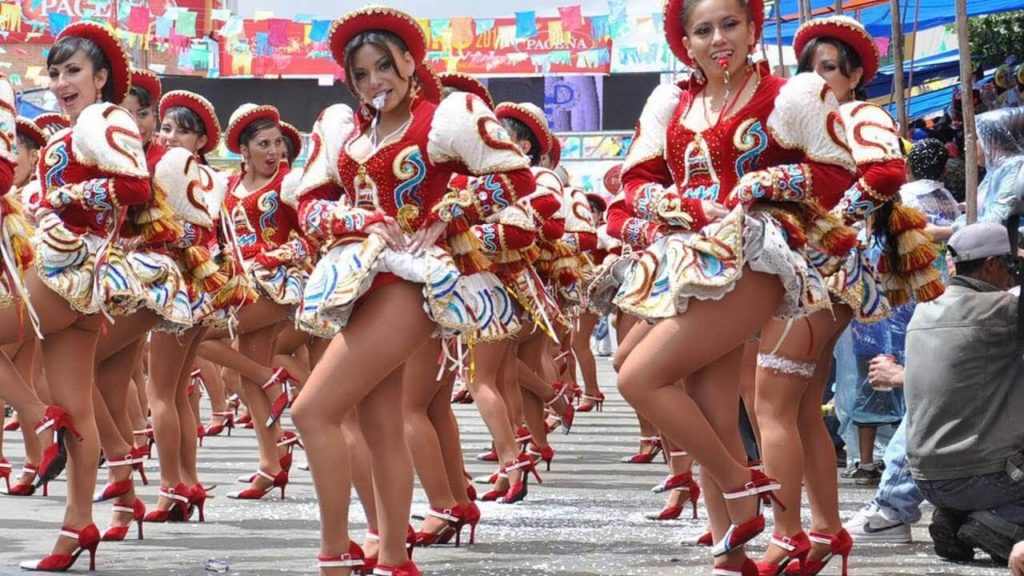
Have a look at this video to see some of the action from the 2015 carnival in Santa Cruz. Unless you understand Spanish, the commentary won’t mean much, but you will appreciate the incredible costumes, the size, and the vibrancy of the event.
One of the most famous festivals in a small mining town of Oruro, in the Altiplano region. It draws up to 400,000 people every year.
So, if you’re asking when is the best time to visit Bolivia, you might be tempted into January and February if you’re a party-lover!
What are you waiting for?
As I said at the beginning, Bolivia is not for the faint-hearted or the unfit. But it is a destination well worth putting on your bucket list. Just make sure you book your trip before you’re too old to appreciate it!
Written By Kate Mark

Kate is a mid-lifer who quit a growing corporate career to reawaken her passions and her lifelong dream of traveling the world.

